Tag: Wyss Institute for Biologically Inspired Engineering
-
Science & Tech
Now available on the Web? Smells
Harvard Professor David Edwards and a former engineering student, Rachel Field, added another sense to digital communications, sending a smell across the Atlantic, where a scent generator called an oPhone reproduced it.
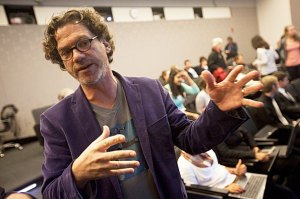
-
Science & Tech
Promising solution to plastic pollution
Harvard’s Wyss Institute researchers find that a fully degradable bioplastic isolated from shrimp shells could provide a solution to planet-clogging plastics.
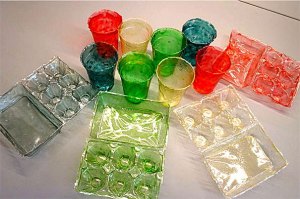
-
Health
Quality control
A Harvard research team led by Kevin Kit Parker, a Harvard Stem Cell Institute principal faculty member, has identified a set of 64 crucial parameters by which to judge stem cell-derived cardiac myocytes, making it possible for scientists and pharmaceutical companies to quantitatively judge and compare the value of stem cells.

-
Science & Tech
Technically, you are what you wear
The Google Glass and Warrior Web projects highlight the annual Radcliffe Science Symposium, which focused on the integration of technology with “smart clothes.”
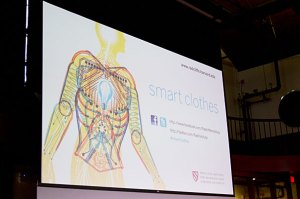
-
Health
Cancer vaccine begins Phase I clinical trials
A cross-disciplinary team of Harvard scientists, engineers, and clinicians announced Sept. 6 that they have begun a Phase I clinical trial of an implantable vaccine to treat melanoma, the most lethal form of skin cancer.

-
Science & Tech
New coating creates ‘superglass’
A new transparent, bioinspired coating makes ordinary glass tough, self-cleaning, and incredibly slippery. It could be used to create durable, scratch-resistant lenses for eyeglasses, self-cleaning windows, improved solar panels, and new medical diagnostic devices.
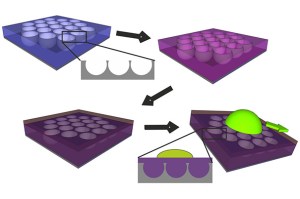
-
Science & Tech
Clues in the cucumber’s climb
Harvard researchers, captivated by a strange coiling behavior in the grasping tendrils of the cucumber plant, have characterized a new type of spring that is soft when pulled gently and stiff when pulled strongly.
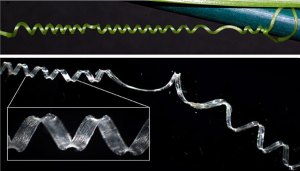
-
Health
Synthetic future
In the synthetic biology lab of Professor Pamela Silver, researchers are looking for ways to make biological engineering faster, cheaper, and more predictable.
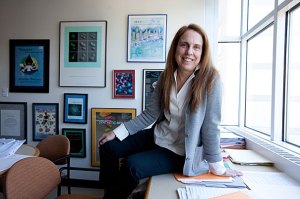
-
Health
Clot-busting technology goes straight to work
Researchers at the Wyss Institute for Biologically Inspired Engineering at Harvard have developed a novel biomimetic strategy that delivers life-saving nanotherapeutics directly to obstructed blood vessels, dissolving blood clots before they cause serious damage or even death.
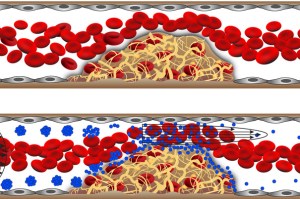
-
Science & Tech
Now, ice won’t stick
A Harvard team of researchers has invented a way to keep any metal surface free of ice and frost. The treated surfaces quickly shed even tiny, incipient condensation droplets or frost, simply through gravity.

-
Science & Tech
Using nature to inspire robotics
The annual symposium of the Wyss Institute for Biologically Inspired Engineering, held at Harvard Medical School, prompted a spirited discussion on robotics and medicine, with nature as a model.
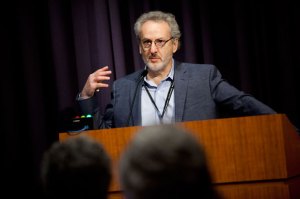
-
Campus & Community
Nature by Design – Innovation at Harvard
What can termites teach us about building complex computer systems?
-
Health
Sending DNA robot to do the job
Researchers at the Wyss Institute for Biologically Inspired Engineering at Harvard University have developed a robotic device made from DNA that could potentially seek out specific cell targets within a complex mixture of cell types and deliver important molecular instructions, such as telling cancer cells to self-destruct or programming immune responses.
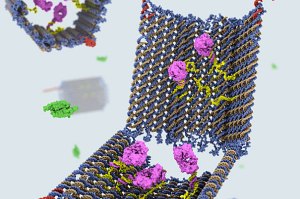
-
Science & Tech
As strong as an insect’s shell
Wyss Institute scientists have created a material that mimics the hard outer skin of bugs. The result is low-cost and easily manufactured, and tough. It eventually might provide a more environmentally friendly alternative to plastic.
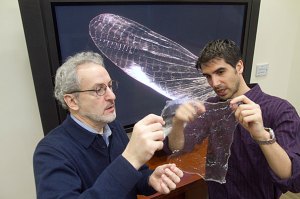
-
Campus & Community
Wyss Institute hosts competition
The Wyss Institute for Biologically Inspired Engineering hosted an inaugural biomolecular design competition on Nov. 5.
-
Campus & Community
Early excellence, rewarded
Two young Harvard scientists will each receive $2.54 million or more in National Institutes of Health grants that will support research and overhead costs through a new program intended to accelerate the entry of outstanding junior investigators into independent researcher positions.
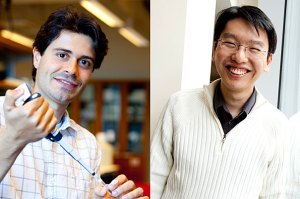
-
Science & Tech
Surgical precision
In ES 227, “Medical Device Design,” SEAS students are given the opportunity to solve practical problems in a hospital setting, trying out the tools, learning about their use in real-world situations, and, in some cases, even sitting in on surgical procedures.

-
Health
New approach to traumatic brain injuries
Bioengineers at Harvard have, for the first time, explained how the blast of an exploding bomb can translate into subtly disastrous injuries in the nerve cells and blood vessels of the brain.
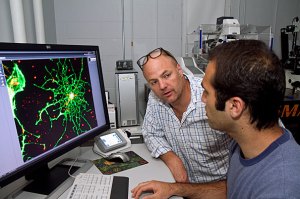
-
Science & Tech
Pollock: Artist and physicist?
A quantitative analysis of the streams, drips, and coils of artist Jackson Pollock by a Harvard mathematician and others reveals that he had to be slow and deliberate to exploit fluid dynamics as he did.
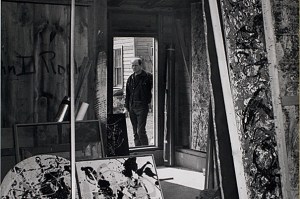
-
Campus & Community
Harvard at 375
The University gets ready to celebrate its classic values, as well as its recent innovative momentum in the sciences, public service, diversity, internationalism, and the arts. Oct. 14 will be the launch of the official 375th anniversary.
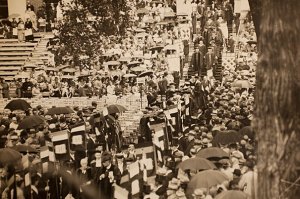
-
Campus & Community
Looking ahead
He’s an economist, a researcher, and a physician, and he’s about to become provost. On the day (April 15) that President Drew Faust announced that he would be Harvard’s next provost, Alan M. Garber ’76 sat down with the Gazette to talk about his career, his new role, and facilitating connections across traditional academic boundaries…

-
Science & Tech
I Am My Filter and more
Students presented projects Wednesday (April 13) from the Idea Translation Lab, which pushes students to turn ideas into reality and sets them up to take the next steps in project development.
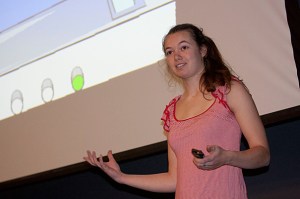
-
Science & Tech
How the lily blooms
SEAS research has revealed that differential growth and ruffling at the edges of each petal — not in the midrib, as commonly suggested — provide the force behind the lily’s bloom. The work contradicts earlier theories regarding the growth within the flower bud.
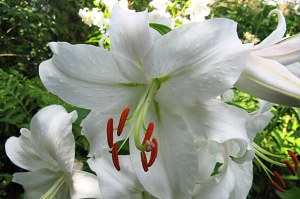
-
Science & Tech
Chips, efficient and fast
Professor Gu-Yeon Wei explores energy-efficient computing devices that are fast but draw minimal power.
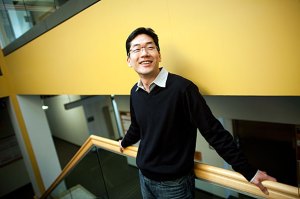
-
Science & Tech
Guiding discoveries to the public
Harvard’s Office of Technology Development tries to ensure that the public sees the benefits of Harvard’s research by licensing new technology to companies.
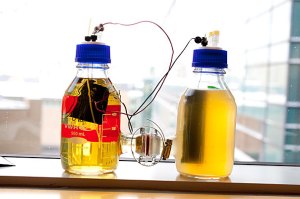
-
Science & Tech
Innovate, create
From oddities like breathable chocolate to history-making devices with profound societal effects, like the heart pacemaker, Harvard’s combination of questing minds, restless spirits, and intellectual seekers fosters creativity and innovation that’s finding an outlet in new inventions and companies.
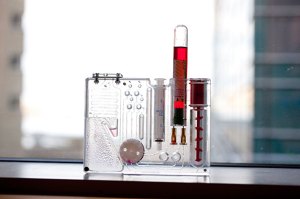
-
Science & Tech
Slimy secrets
Harvard researchers have discovered that Bacillus subtilis biofilm colonies exhibit an unmatched ability to repel a wide range of liquids — and even vapors. The finding holds promise for developing better ways to eliminate harmful biofilms that can clog pipes, contaminate food production and water supply systems, and lead to infections.
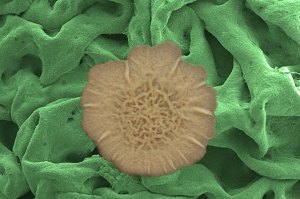
-
Campus & Community
Hyman to step down as provost
Provost Steven E. Hyman, who spurred an expansion of interdisciplinary research at Harvard and has overseen the revitalization of the University’s libraries and many of its museums and cultural institutions, plans to leave his post after nearly a decade.




